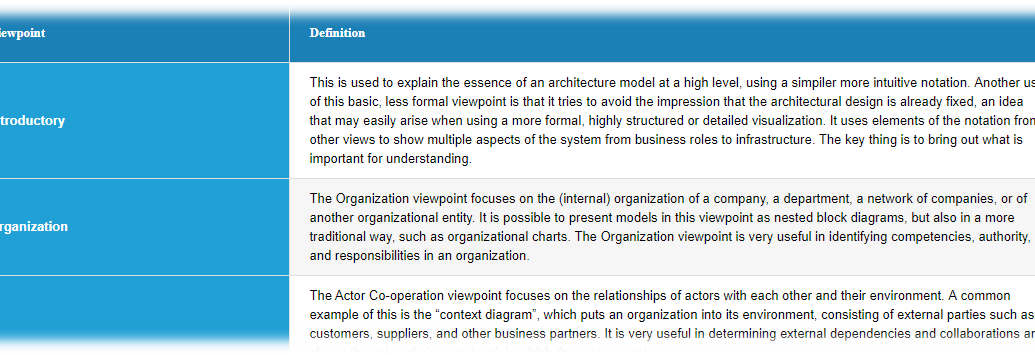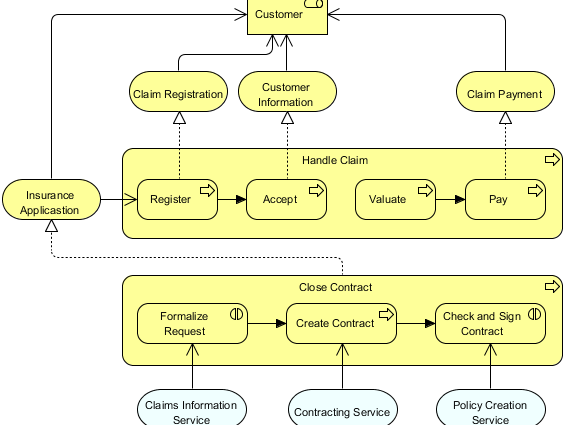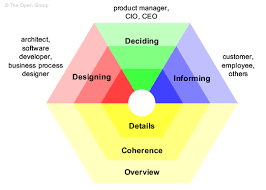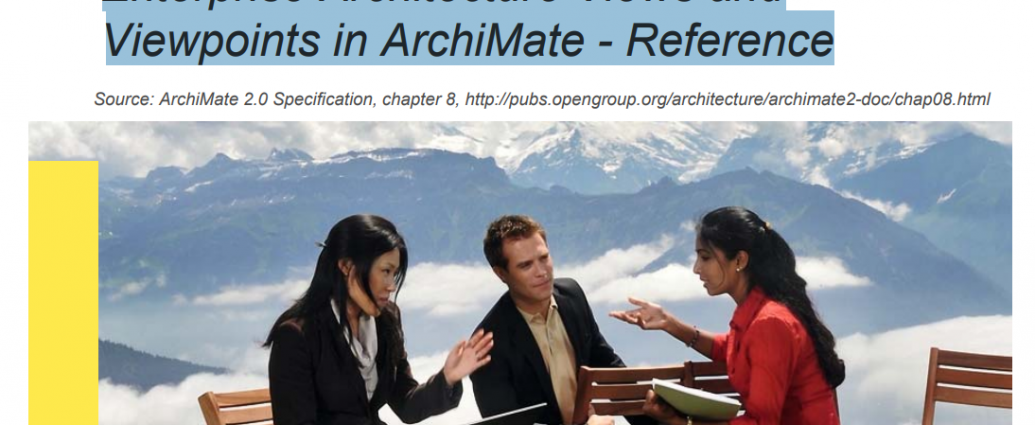Comprehensive Guide to ArchiMate Viewpoints
Introduction to ArchiMate Viewpoints The viewpoint mechanism in ArchiMate is a structured approach for creating tailored views of the enterprise architecture for different stakeholders and their specific concerns. This mechanism recognizes that presenting the entire architecture description at once is impractical and overwhelming for stakeholders who are only interested inRead More →




